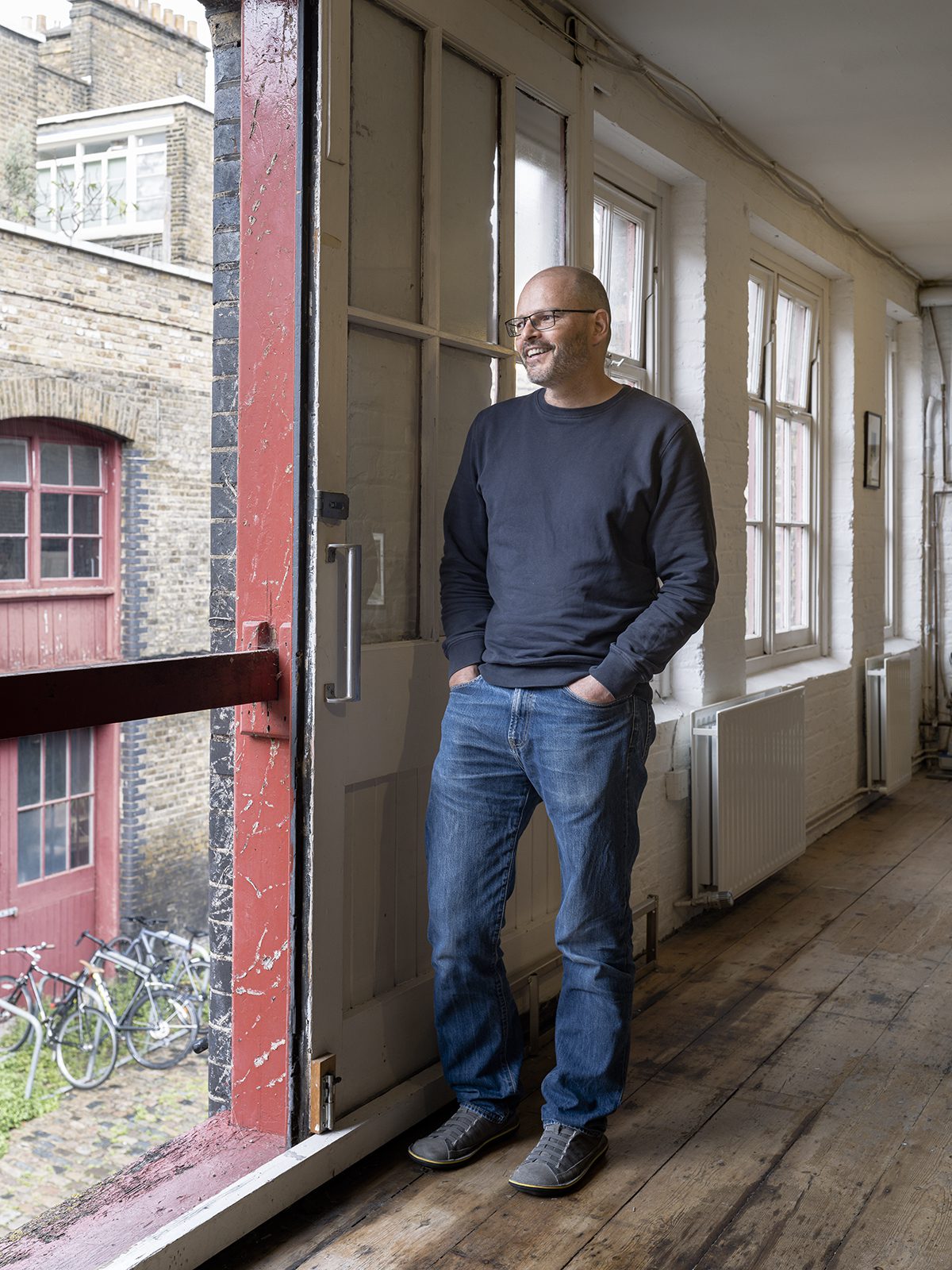Sandy Rendel is inspired by the cobbled mews where he works, a Victorian example of live/work space that is now home to a thriving community of makers and designers.
We are fortunate to work from a small studio in a cobbled mews behind Elephant and Castle in London. Built in the 1880s it is part of the Pullens Estate, which comprised of a series of mansion blocks surrounding four separate yards of two storey workshops. Purpose built for craftspeople and small traders they originally connected through to the flats behind providing a Victorian example of live/work space. Sadly most are now divided from the flats but it remains an enlightened design that provides a constant source of inspiration for us and seems as appropriate today as when originally built.
The workshops are small, light and simple, one room vessels that continue to suit and support a rich and diverse mix of makers and designers. They can be easily connected vertically or laterally if required with a robust, loose fit character that has accommodated over a century of change and continue to be sought after.
The narrowness of the yard and intimate scale encourages interaction and fosters a strong sense of community. Social and working relationships thrive and are actively encouraged by the proximity the urban design enforces. It is the opposite of defensive and closed and is a pleasure to be part of.
The act and art of making has always been central to our work whether through our self-build projects or understanding the value of a design discussion with a specialist fabricator. Being within this creative hub has further enhanced this interest embedding both technical practicality and a human sensitivity to our work.
In turn the flats seem to share many of the qualities of a Peter Barber scheme, especially on the inner yard sides. Here they are densely interwoven with the workshops, with both private and communal roof terraces encouraging social interaction, providing the best aspects of what he describes as a convivial and congested neighbourhood, unafraid of and in fact encouraging visibility. High density, low rise and mixed use at is best.
The challenge for the future is to ensure the local authority landlord understands the social and creative value that exists. In the 1980s when the estate came under Southwark’s control it was allocated for demolition and what remains was only saved from the bulldozers by local community protests and direct action.
Attitudes towards worth are often cyclical but, in the context of the vast redevelopment on our doorstep over the last decade, this small mixed use scheme should be heralded for its enduring success.
Sandy Rendel
London SE17
Source: Architecture Today

